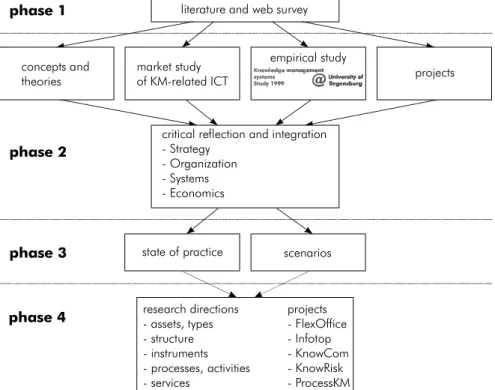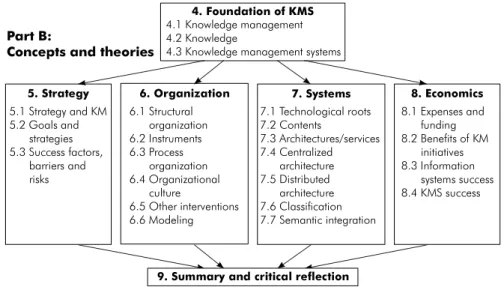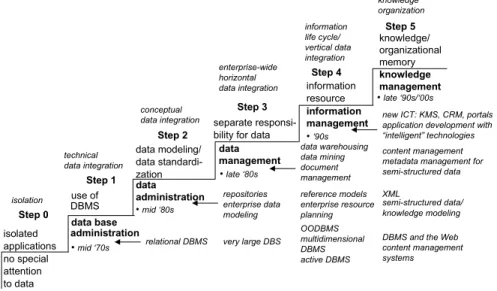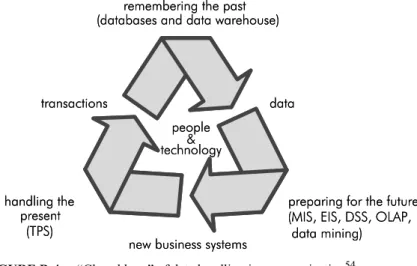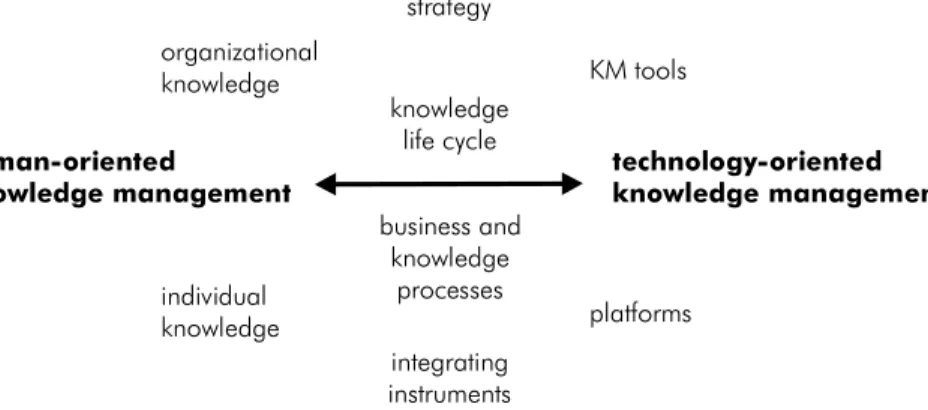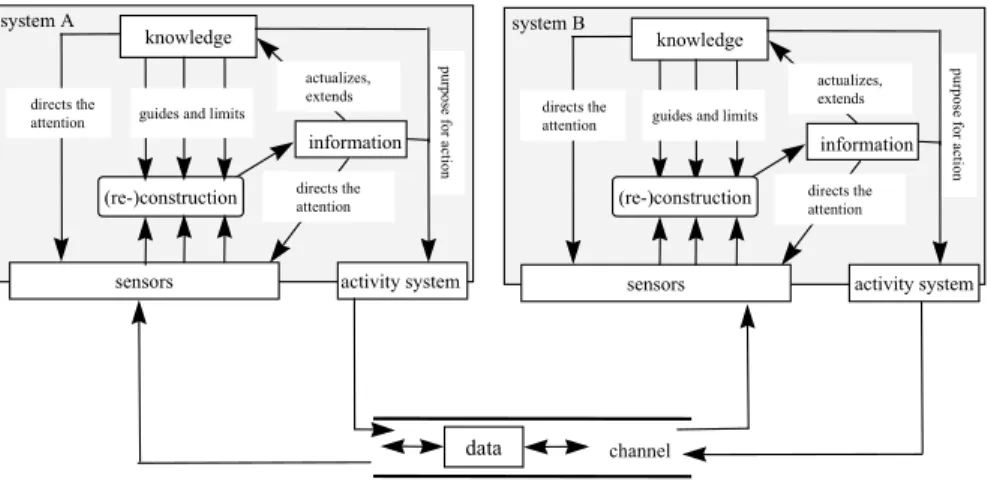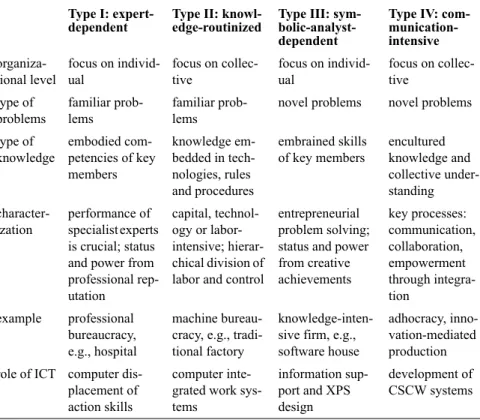I also thank Johannes Sametinger, professor of MIS at the University of Linz, Austria, for proofreading the manuscript. My special thanks go to the members of the knowledge management team at the MIS department of the University of Regensburg.
1 Motivation
See Willke 1998, 21; for a detailed discussion of the concept of knowledge work see section 4.1.3 - "From traditional work to knowledge work" on page 46. The field of knowledge management draws concepts and ideas from a variety of fields and disciplines.
2 Goals
What is the status of practice regarding the evaluation of the success of KMS and KM initiatives. Furthermore, the relationship between these four main areas describing KMS-supported KM initiatives will be examined.
3 Procedure, Methods and Overview
In the third phase, the results of the second phase were used to paint a comprehensive picture of the state of practice of knowledge management systems and develop scenarios for their use. Part D includes a set of scenarios for the use of KMS in organizations and a view of the future of KMS.
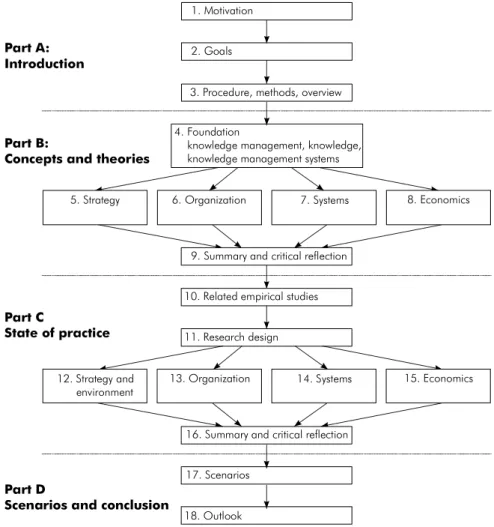
4 Foundation
Knowledge management
- From organizational learning to knowledge management
The roots of the term knowledge management can be traced back to the late 1960s and early 1970s in Anglo-American literature (Zand 1969, Rickson 1976). For an overview of some of the roots of knowledge management or the two most prominent underlying concepts of organizational learning and organizational memory, e.g., Huber 1991, Frese 1992, Lehner et al.
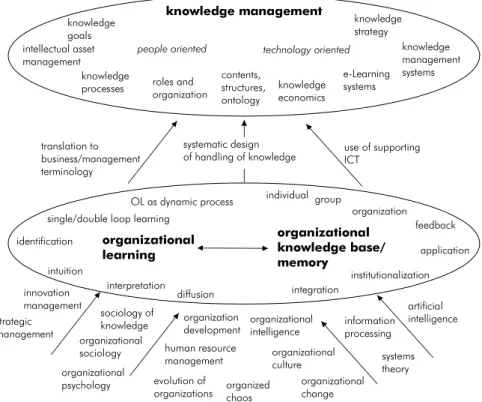
Separate organizational units were institutionalized, which were responsible for coordinating data management tasks throughout which were responsible for coordinating data management tasks throughout an organization. For example, information management requires the introduction of a data life cycle, responsibilities for data elements and sophisticated systems and procedures for providing data that support decision-making: dataware housing and data mining technologies.
- From traditional work to knowledge work
- Definition
- Critique to knowledge management
- Knowledge
- History and related concepts
- Types and classes of knowledge
- Content of knowledge or knowledge application
- Organizational design
- Information and communication systems
- Business processes
- Consequences for knowledge management
In the following, the concept of knowledge work is briefly discussed from the perspective of a MK initiative (supported by ICT). See also section 4.3 - “Knowledge management systems” on page 82 for a discussion of knowledge management systems and their differences with more traditional information systems. These approaches see the organization as a social system and as the main object of knowledge management.
Pioneering organizations developed new instruments to promote the management of knowledge during the implementation of their knowledge management initiatives, which show what knowledge management (currently) is all about. Roehl questions the manageability of knowledge and suggests focusing on the (social) environment instead of where knowledge is generated, shared and used (Roehl 1999).
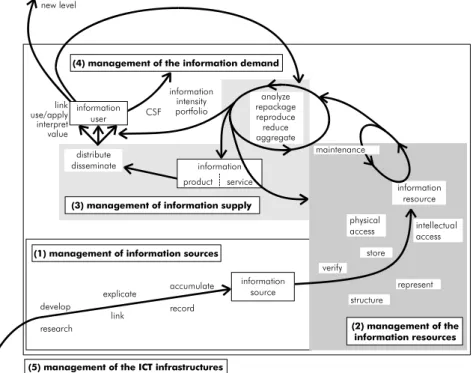
Based on a survey of the literature on knowledge work in organizational science, Blackler suggests tendencies for organizations to transform from types I, II and III to type IV organizations (see Blackler. However rough Blackler's analysis of the role of ICT is, it does not fail to show that different organizations require different supporting KMS If Blackler's hypothesis is true that all organizations are moving towards type IV, this would mean that current organizations are at different stages of KM maturity (see the knowledge management maturity model proposed by Ehms/Langen 2000, see also APQC's four-stage model of knowledge management development, Lopez 2001, 20ff), and may ultimately require the same kinds of ICT systems.
These systems simply comprise an integrated set of technologies suitable for all types of organizations, a path that vendors of comprehensive KMS appear to be following117.
Definition
Actors are always part of a social context which affects the actor's knowledge processing (organization, accumulation and inclusion in a context) and thus both interpretation and actions. Elements of knowledge are embedded in a contextual network of meaningful experiences of the system (Willke 1998, 11). These experiences have proved important for the survival of the system (individual or social system).
The definition of the concept of knowledge as presented here describes the perspective of knowledge management. Internal knowledge is knowledge that originates from the organization either from members of the organization or in the form of, for example, organizational routines or documented experience.
Knowledge management systems
- Overview and related concepts
- Definition
There has been a shift in the perspective of KMS vendors as well as organizations applying those systems from this focus on the explicit side of KM to a combination and integration of the implicit side of KM. The internal context of knowledge describes the circumstances of its creation, eg, author(s), date of creation, and circumstances, assumptions, or purpose of creation. The stated goals of a KM initiative help define the processes and participants that are implemented with the help of KM instruments that should be supported by KMS services on the basis of a comprehensive platform and control their deployment.
The KMS is built on the basis of an already existing ICT platform that offers basic functionality for e.g. data and document management, office management as well as communication. As discussed in the beginning of this section, KMS to support KM initiatives is on the rise.
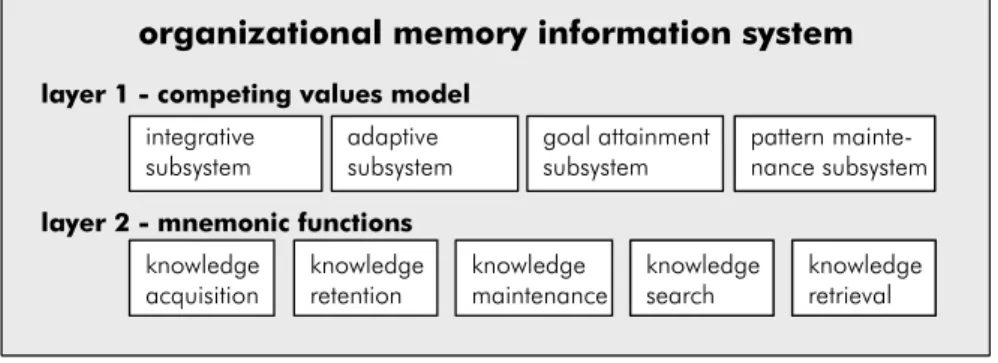
Résumé
Knowledge services must, on the one hand, be adapted to the individual needs of the participants and, on the other hand, to the requirements of the roles they perform in business processes and projects. Many KMS available on the market tend to fall into the first category, as most organizations already have an ICT platform in place. The chapter also provided a focus for discussion of concepts and approaches for using KMS.
Definitions of knowledge are as diverse as KM concepts and approaches. This is followed by a discussion of the organizational design for implementing a KM initiative (Chapter 6), KMS architectures, content and services (Chapter 7), and finally the economics of knowledge management systems (Chapter 8).
5 Strategy
Strategy and knowledge management
- From market-based to knowledge-based view
- Knowledge (management) strategy
- Process-oriented KM strategy
The origin of the word "strategy" can be traced back to the ancient Greek word. Criticism of the one-sided orientation of the market-based view resulted earlier in the development of the resource-based view. The central idea of the resource-based view is that the success of an organization is determined by the existence of unique organization-specific resources.
Consequently, proponents of the resource-based view propose basing strategy on resources and capabilities rather than product-market combinations as suggested in the market-based view (Zack 1999b, 127). Wernerfelt, in his original paper on the resource-based view, links the definition of a resource to the internal side of SWOT analysis: a resource is.
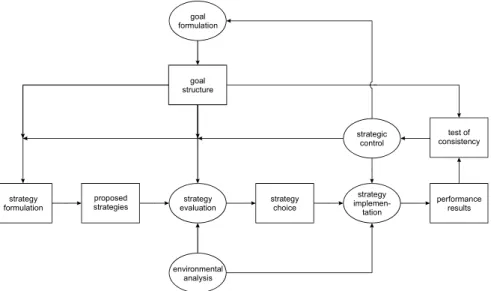
If an organization so far has applied an exclusive market-oriented strategy, then external determinants such as customers’ demands, the organiza-
- Goals and strategies
- Strategic goals
- Strategic options
- Generic knowledge management strategies
- Success factors, barriers and risks
- Success factors
- Barriers
- Knowledge risks
- Management of knowledge risks
- Empirical study: KnowRisk
- Résumé
For example, knowledge processes can be established that handle the flow of knowledge between processes. The goal includes improving the quality of the content (of knowledge elements) and the structure of knowledge (ontologies, e.g. Staab et al. 2001). In the literature, there is a wide range of approaches and instruments for assessing knowledge in general and achieving KM goals in particular.
Flow of knowledge between subsidiaries in different parts of the world represents a major challenge for many organizations. The causes of knowledge risks are discussed briefly in the following together with some examples. Loss of knowledge assets cannot be recovered and also leads to lack of operational business processes.
Success of knowledge transfer can, for example, be determined by the extent to which the source's knowledge is recreated at the recipient's end (Cummings/Teng 2003, 41).
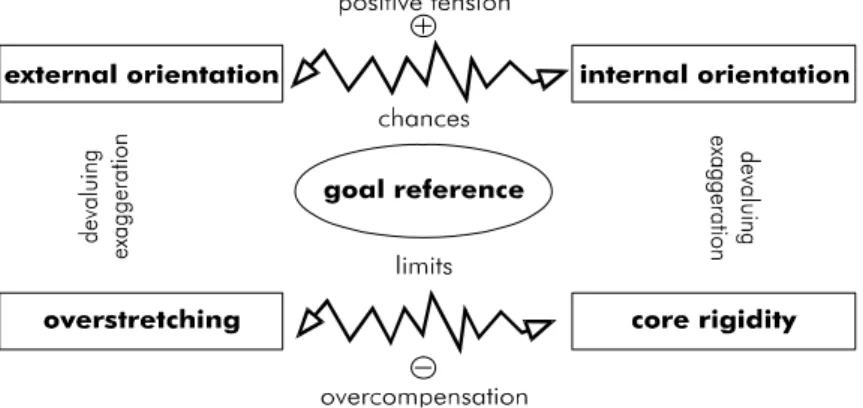
6 Organization
Structural organization
- Separate knowledge management unit
- Knowledge management roles
In the upper part of the figure, the CKO (Chief Knowledge Officer) is responsible for knowledge management leadership. The basis of the model is formed by the knowledge workers participating in the KM initiative. By analogy with database administrators300, knowledge base administrators are responsible for the development and maintenance of KM's technological infrastructure, the knowledge management systems.
A community owner is a senior manager or even a board member who is responsible for the communities. The key members are the organization's experts in the community's subject and are thus responsible for answering the questions asked by the members of the community (Raab et al.
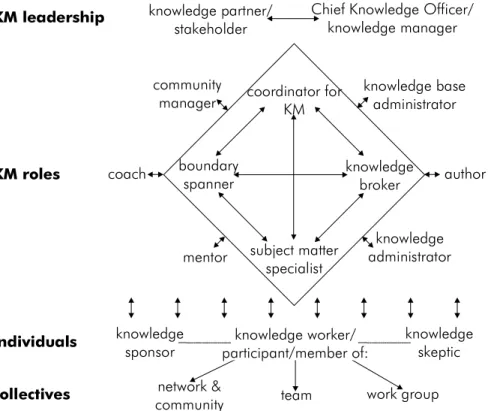
Novice
Advanced beginner
Competent
Skillful master
Relative importance of attributes and aspects in the problem domain is no longer consciously analyzed. Rather, the situation presents itself accentuated to the master, he or she intuitively anticipates which situations may follow the current situation. These maxims are heuristic principles that relate a particular action to a configuration of attributes and aspects.
The master consciously chooses those actions with a proven record of success in the type of situation. In summary, the master sees the problem character of a situation and the general direction in which he or she must act without conscious effort.
Expert
- Groups, teams and communities
In the ILOI survey, 11% of the organizations indicate that they systematically have their relations with stakeholders in order. In the APQC survey, 68.2% of organizations believed they were making effective use of strategic knowledge sharing relationships themselves. Groups can be characterized by the degree of direct interaction between members of the groups (working groups, virtual groups), the size (small groups, pairs, large groups), the intimacy of interactions (primary groups, secondary groups), the relationship to individual membership (ingroups, outgroups), the relation to organizational tasks (instrumental groups, socio-emotional groups), the relation to the organizational structure (formal groups, informal groups) etc.309.
In the ILOI survey, 80% of organizations used group and team work to share experiences and a further 66%. In the APQC survey, 81.8% of organizations said they effectively used cross-functional teams for knowledge sharing (APQC 1996, 58).
